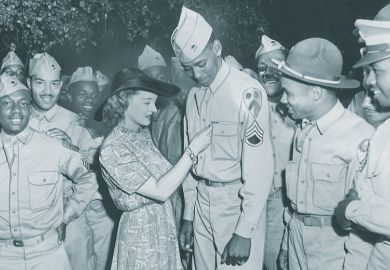It was not until 1946, two years before Ceylon's independence, that the production of feature films began there. And until 1952, Ceylonese films were made in the studios of south India and had little cultural relevance. All the more surprising, then, that within five years of the beginning of a truly indigenous industry, a feature from Ceylon was screened in competition at the 1957 Cannes Film Festival. The film was Lester James Peries's Rekava ( Line of Destiny ). With this, his first venture, Peries established an international reputation, much as Satyajit Ray had done with Pather Panchali at Cannes the previous year.
Peries is considered one of Asia's leading directors. He is the doyen of what is now the Sri Lankan film industry. His films have been given retrospectives and have received awards worldwide, the most prestigious being the Silver Lion that Nidhanaya ( The Treasure ) received at the 1972 Venice festival. He is also among the oldest working directors, having recently, aged 82, directed his 20th feature, We-Kande Walauwa ( Mansion by the Lake ). All but one of these films have been made in the Sinhala language.
Peries began as a journalist in Colombo before travelling to London in 1947, where he worked at the office of the Times of Ceylon . A passion for cinema led him into amateur film-making. The first writings in this selection of his articles come from this phase of the director's odyssey, during which he made experimental 16mm films, such as the award-winning Soliloquy . Peries reveals his early exhilarations, exasperations and discoveries, such as that "most people can act beautifully for short spells", which resulted in a penchant for using amateurs.
In 1951, Peries interviewed the documentary film-maker Ralf Keene on his appointment as head of Ceylon's new government film unit. Keene had seen Soliloquy and counselled Peries to return to Ceylon to make films. After much persuasion, Peries joined the unit, where he directed documentaries on development issues. He left in 1955 after being offered the finance for Rekava , about a young boy who accidentally becomes a healer and whose gift brings tragedy and nearly his own death. Admired internationally for its humanism and lyricism, Rekava was criticised in Ceylon for its honest depiction of village life.
Peries writes of the film in "A new chapter: Rekava " from the point of view of the director screening the rough cut to the distributor. Engaging though this is, it is regrettable that there is no account of the intriguing circumstances of Rekava 's Cannes appearance, which came about because of three people: Maria Schell, who saw the film while on holiday in Ceylon and recommended it to the festival; Paul Bowles, then a resident on the island, who convinced the government to permit its export; and Lindsay Anderson, who undertook a special edit.
Peries's impeccable grasp of film history and understanding of the director's psyche is evinced in articles on Jean Cocteau, D. W. Griffith, Ray and the Taviani brothers. Other articles concerning the American and Australian film industries are noteworthy because of their Asian perspective.
This book will certainly be of interest to aficionados of Asian cinema. But Peries deserves a more exhaustive and representative compilation of his writings.
Richard Boyle is a British-born film-maker and writer living in Sri Lanka who specialises in the visual arts of the country.
Lester James Peries: Collected Works
Editor - Piyasena Wickramage
ISBN - 955 9425 03 X
Publisher - Bhadraji Foundation
(order from: 633, San Dimas Street, Hemet, CA 92545, USA)
Price - 5 rupees/ £2.00
Pages - 116
Register to continue
Why register?
- Registration is free and only takes a moment
- Once registered, you can read 3 articles a month
- Sign up for our newsletter
Subscribe
Or subscribe for unlimited access to:
- Unlimited access to news, views, insights & reviews
- Digital editions
- Digital access to THE’s university and college rankings analysis
Already registered or a current subscriber? Login



